ISSN ONLINE(2319-8753)PRINT(2347-6710)
ISSN ONLINE(2319-8753)PRINT(2347-6710)
Pranav Mahamuni 1, Pratik Bhansali 1, Sachin Salunke 1 Yash Parikh 2
|
| Related article at Pubmed, Scholar Google |
Visit for more related articles at International Journal of Innovative Research in Science, Engineering and Technology
The near Earth space environment is mostly covered with man-made debris and naturally occurred meteoroids. This space debris poses a threat to satellite structure because of their high velocity. It can easily damage the internal structure of satellite hence now-a-days Honeycomb Structure have been widely used in aerospace structures due to their high strength, lightweight and good energy absorbing capacity as well as it protects the internal parts of satellite from hypervelocity impact of space debris. This paper studies the effect of hypervelocity impact on honeycomb structure.
Keywords |
| Space debris, Satellite, Honeycomb structure, Hypervelocity impact. |
INTRODUCTION |
| Now-a-days, Honeycomb Sandwich Composites are widely used in man-made satellites, aircrafts, rockets and other aerospace industries as they serve dual purpose; one is to provide structural stiffness and other is to protect spacecraft from hypervelocity impact of space debris [1]. The space debris consists of artificial objects like previous spacecraft’s parts as well as naturally occurring meteoroids [2, 3]. It varies in dimensions and having impact velocity from 2 km/s to approximately 15 km/s [4]. This space debris poses a serious threat to satellite as it can strike the satellite with very high velocity and it can easily damage the internal systems of the satellite. The ever increasing threat by space debris has led the scientists to improve the performance of the satellite in terms of survivability from hypervelocity impact of space debris [5]. |
| Most satellites launched are constructed with honeycomb sandwich panels as their primary structural load bearing elements [3]. |
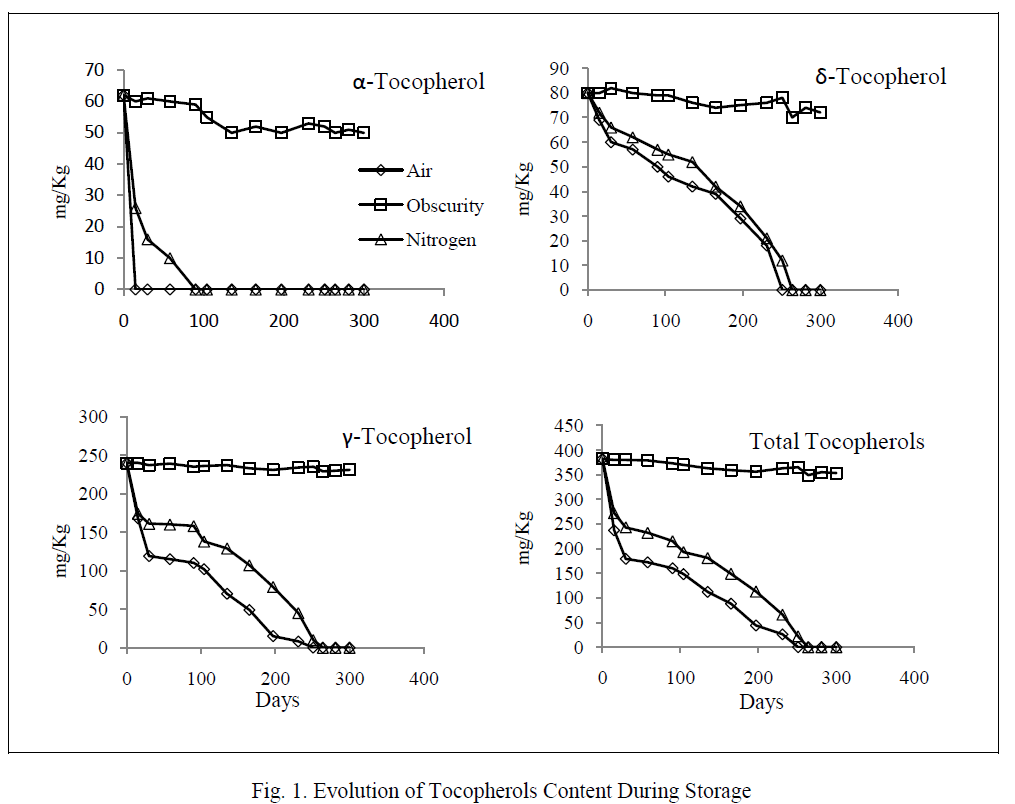 |
| Fig. 1 shows the typical honeycomb sandwich panel [6]. Honeycomb Sandwich Panel consists of two aluminium thin face sheets which attach to both sides of lightweight core. Honeycomb structure is used to fabricate the core [7]. Satellite components are located behind these panels. In order to be able to perform the functions, it is necessary that honeycomb sandwich panels should withstand the impact of space debris and keep the internal structure safe. The purpose of this paper is to study the hypervelocity impact response of honeycomb sandwich panels. |
II. CASE STUDY |
| Most satellites launched are constructed with honeycomb structure as their outer panels and it is necessary to withstand the impacts of space debris by honeycomb structure for safe operation of satellite and its components. |
| The detailed study of hypervelocity impact on honeycomb structure described in this paper is reviewed from Nitta et al. [4]. |
| The response of honeycomb subjected to hypervelocity impact is done by numerical simulation and experimental testing. ANSYS AUTODYN hydrocode was used to perform numerical simulation. |
1. Experimental Testing |
| The space debris consists of artificial objects near earth space created by human space activities since the launch of Sputnik I in 1957. In this study, space debris material is assumed to be aluminium alloy, SS304 or alumina. The targets tested in this study are aluminium honeycomb panels (5056 aluminium core of 25.4 mm thickness). |
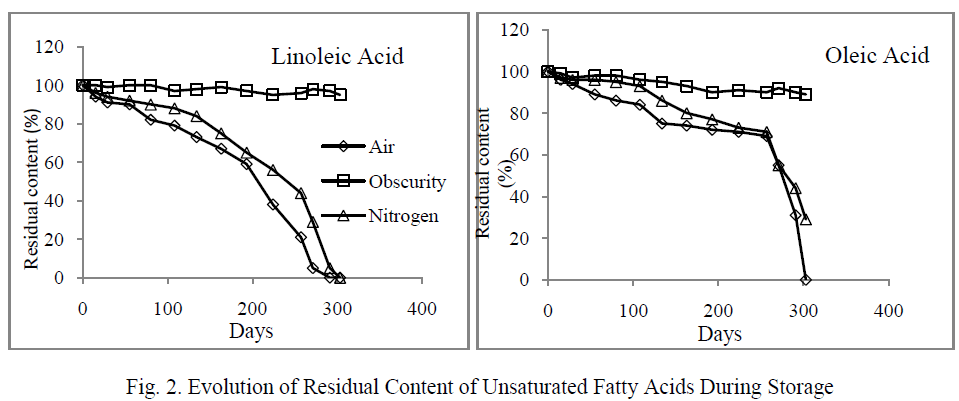 s s |
| Fig. 1 shows the two stage light gas gun used for this study. This gun can accelerate a 0.2g spherical projectile up to 7 km/s. The test chamber which is filled with helium as a driving gas is evacuated to a pressure of 0.1 Pa. A 0.1 mm diameter cylindrical sabot of length 10.5mm guides the projectile through the gas. The sabot is made of polycarbonate. The projectile impact a target in the chamber and the sabot finally detaches it when the spherical projectile accelerates to sufficient velocity. |
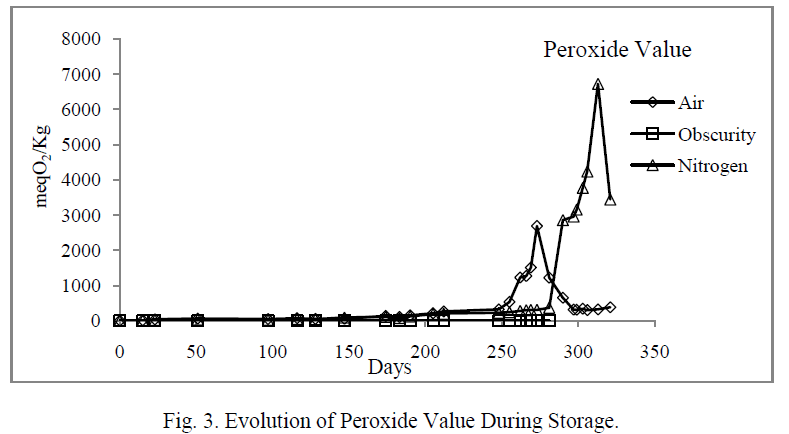 |
| Fig. 3 shows the image of experimental setup. The projectiles used for this study are spherical with a diameter of 0.3 mm and have the properties of SUS304 stainless steel. The velocity of particles considered is 6 km/s. From Fig. 3, it is seen that the distance between honeycomb plate and witness plate is 100mm. |
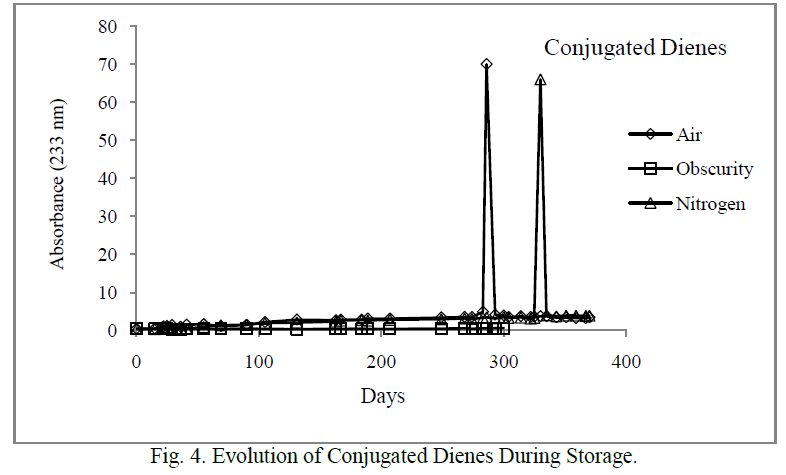 |
| Fig. 4 shows the results obtained from experimental testing. Fig. 4 (a) shows the impact side of honeycomb panel while Fig. 4 (b) shows the rear side of the panel. From experimental testing, it is observed that projectile penetrated the second skin. |
2. Numerical Simulation |
| For numerical simulation, a two dimensional axial symmetrical analytical model was used. The model consists of an aluminium honeycomb core composed of 6.35 mm high cells arranged in a regular hexagonal grid. |
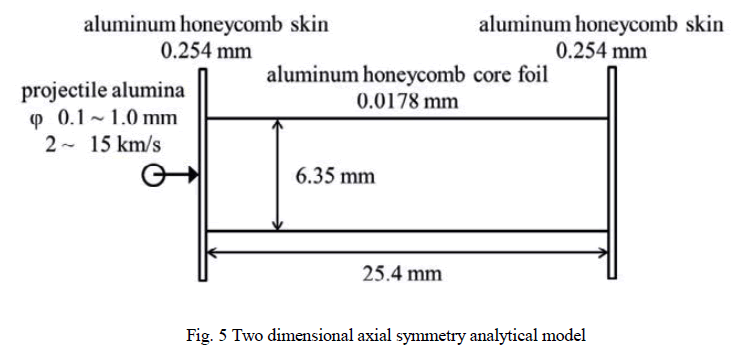 |
| Fig. 5 shows a two dimensional axial symmetry analytical model used for numerical simulation. As shown in Fig. 5 honeycomb core is sandwiched between aluminium skin sheets of 0.254 mm thickness. |
 |
| Fig. 6 shows the numerical simulation results for projectile diameter of 0.3 mm and particle velocity of 6 km/s. From Fig. 6 it is observed that projectile penetrated the second skin. |
| The effect of impact of alumina projectiles between 0.1 mm to 1 mm diameter with impact velocity 2 km/s to 15 km/s were investigated with numerical simulation. |
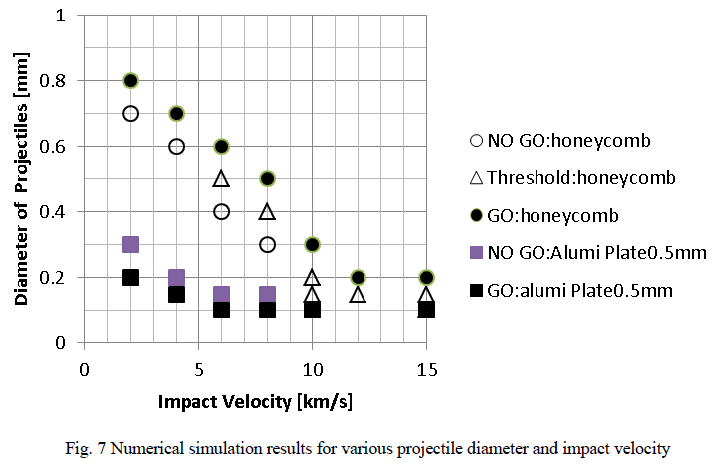 |
| Fig. 7 shows the hypervelocity impact of space debris at 2-15 km/s with alumina projectiles between 0.1 mm to 1 mm. In the Fig. 7 NO GO shows a not penetrating to the second skin, Threshold shows a borderline score to penetrate and GO shows a penetrating to second skin. |
| It is observed that, the ballistic limit of the aluminium honeycomb panel become progressively small as the impact velocity increases. |
III. CONCLUSION |
| From case study, it is observed that the ballistic limit of the honeycomb sandwich panel has a flexion point at an impact velocity of approximately 10 km/s. While testing for hypervelocity impact from 2 km/s to 15 km/s, it is observed that the ballistic limit of the aluminium honeycomb panel become progressively small as impact velocity increases. This research can prove beneficial to the researchers in the design of the honeycomb sandwich structure. |
ACKNOWLEDGEMENT |
| The authors would like to present their sincere gratitude towards the Faculty of Mechanical Engineering in Sinhgad Institute of Technology and Science, Pune and Symbiosis Institute of Technology, Pune. |
References |
|